了解资源的加载过程,实现加载皮肤文件中的资源文件
资源加载
imageView 布局中的 src 图片是怎么加载的呢?
mResources.loadDrawable(value, value.resourceId, density, mTheme) 其实都是通过 Resource 进行加载的
既然资源的加载是通过 Resource 类,如果想要获取另一个 apk 中的资源文件,那么自己实例化一个 Resource 进行加载可以吗?
- 首先需要搞清楚 Resource 是怎样实例化的
@Override
public Resources getResources() {
if (mResources == null && VectorEnabledTintResources.shouldBeUsed()) {
mResources = new VectorEnabledTintResources(this, super.getResources());
}
return mResources == null ? super.getResources() : mResources;
} 在 AppcompatActivity 中,有一个 getResources 方法用来获取 Resource。如果 mResource 为 null,则调用的就是 super.Resources()。
@Override
public Resources getResources() {
return getResourcesInternal();
}
private Resources getResourcesInternal() {
if (mResources == null) {
if (mOverrideConfiguration == null) {
//1
mResources = super.getResources();
} else {
final Context resContext = createConfigurationContext(mOverrideConfiguration);
//2
mResources = resContext.getResources();
}
}
return mResources;
}上面的 1 和 2 最终都调用的是 Context 的 getResource 方法,但是 Context 的 getResource 是一个抽象方法,我们必须要找到他的实现类。
//返回应用程序包的Resources实例
public abstract Resources getResources();他的实现类其实就是 ContextImpl ,这个类在 as 上面是看不到的,需要从源码中查看
@Override
public Resources getResources() {
return mResources;
}最终是调用的上面的这个方法,至于 mResource 是怎样实例化的,如下:
private static Resources createResources(IBinder activityToken, LoadedApk pi, String splitName,
int displayId, Configuration overrideConfig, CompatibilityInfo compatInfo) {
final String[] splitResDirs;
final ClassLoader classLoader;
try {
splitResDirs = pi.getSplitPaths(splitName);
classLoader = pi.getSplitClassLoader(splitName);
} catch (NameNotFoundException e) {
throw new RuntimeException(e);
}
return ResourcesManager.getInstance().getResources(activityToken,
pi.getResDir(),
splitResDirs,
pi.getOverlayDirs(),
pi.getApplicationInfo().sharedLibraryFiles,
displayId,
overrideConfig,
compatInfo,
classLoader);
}创建 Resource 都会走到 createResources 方法。
可以看到最终调用的是 ResourcesManager 的 getResource 方法,
public @Nullable Resources getResources(@Nullable IBinder activityToken,
@Nullable String resDir,
@Nullable String[] splitResDirs,
@Nullable String[] overlayDirs,
@Nullable String[] libDirs,
int displayId,
@Nullable Configuration overrideConfig,
@NonNull CompatibilityInfo compatInfo,
@Nullable ClassLoader classLoader) {
try {
Trace.traceBegin(Trace.TRACE_TAG_RESOURCES, "ResourcesManager#getResources");
final ResourcesKey key = new ResourcesKey(
resDir,
splitResDirs,
overlayDirs,
libDirs,
displayId,
overrideConfig != null ? new Configuration(overrideConfig) : null, // Copy
compatInfo);
classLoader = classLoader != null ? classLoader : ClassLoader.getSystemClassLoader();
return getOrCreateResources(activityToken, key, classLoader);
} finally {
Trace.traceEnd(Trace.TRACE_TAG_RESOURCES);
}
}其中 参数 resDir 就是 apk 存放的路径。在这个方法中将 参数整合到 ResourceKey 中,然后调用了 getOrCreateResources 方法
private @Nullable Resources getOrCreateResources(@Nullable IBinder activityToken,
@NonNull ResourcesKey key, @NonNull ClassLoader classLoader) {
ynchronized (this) {
//从缓存中获取 ResourcesImpl
ResourcesImpl resourcesImpl = findResourcesImplForKeyLocked(key);
if (resourcesImpl != null) {
if (DEBUG) {
Slog.d(TAG, "- using existing impl=" + resourcesImpl);
}
//1
return getOrCreateResourcesForActivityLocked(activityToken, classLoader,
resourcesImpl, key.mCompatInfo);
}
} else {
// Clean up any dead references so they don't pile up.
ArrayUtils.unstableRemoveIf(mResourceReferences, sEmptyReferencePredicate);
// Not tied to an Activity, find a shared Resources that has the right ResourcesImpl
ResourcesImpl resourcesImpl = findResourcesImplForKeyLocked(key);
if (resourcesImpl != null) {
if (DEBUG) {
Slog.d(TAG, "- using existing impl=" + resourcesImpl);
}
//2
return getOrCreateResourcesLocked(classLoader, resourcesImpl, key.mCompatInfo);
}
// We will create the ResourcesImpl object outside of holding this lock.
}
//如果没有找到则创建
ResourcesImpl resourcesImpl = createResourcesImpl(key);
if (resourcesImpl == null) {
return null;
}
// 加入缓存
mResourceImpls.put(key, new WeakReference<>(resourcesImpl));
final Resources resources;
if (activityToken != null) {
//3
resources = getOrCreateResourcesForActivityLocked(activityToken, classLoader,
resourcesImpl, key.mCompatInfo);
} else {
//4
resources = getOrCreateResourcesLocked(classLoader, resourcesImpl, key.mCompatInfo);
}
return resources;
}
}
注意看 标注 的 1,2,3,4 ,这四个位置调用的是两个方法,这两个方法最终都会通过下面这句话创建 Resource
// 创建一个新的资源引用并使用现有的ResourcesImpl对象
Resources resources = compatInfo.needsCompatResources() ? new CompatResources(classLoader)
: new Resources(classLoader);
resources.setImpl(impl);到这里 Resources 就创建成功了
我们只要清楚 Resource 是怎样进行实例化的就好了,是怎么 new 出来的。
- Resources 的构造函数
@Deprecated
public Resources(AssetManager assets, DisplayMetrics metrics, Configuration config) {
this(null);
mResourcesImpl = new ResourcesImpl(assets, metrics, config, new DisplayAdjustments());
}
@UnsupportedAppUsage
public Resources(@Nullable ClassLoader classLoader) {
mClassLoader = classLoader == null ? ClassLoader.getSystemClassLoader() : classLoader;
}Resources 构造方法,由于源码的 版本不同,new Resource 的时候构造可能也会有不同。看起来有些不同,但是都差不多,在 new Resources 的下一行,调用了 setImpl 方法,传入的 ResourcesImpl 其实是通过 createResourcesImpl 方法进行创建的:
private @Nullable ResourcesImpl createResourcesImpl(@NonNull ResourcesKey key) {
final DisplayAdjustments daj = new DisplayAdjustments(key.mOverrideConfiguration);
daj.setCompatibilityInfo(key.mCompatInfo);
final AssetManager assets = createAssetManager(key);
//.....
final DisplayMetrics dm = getDisplayMetrics(key.mDisplayId, daj);
final Configuration config = generateConfig(key, dm);
final ResourcesImpl impl = new ResourcesImpl(assets, dm, config, daj);
return impl;
}通过上面的 方法去创建 ResourceImpl,其实和第一个构造方法中创建的差不多。
- ResourceImpl
构造:new ResourcesImpl(assets, dm, config, daj);
- assets: AssetManager 资源管理,创建如下,通过 Builder 创建 AssetManager 对象,并且传入了各种路径,在有些版本的源码中 AssetManager 是直接 new 出来的,并调用了 addAssetPath 方法传入 apk 路径
protected @Nullable AssetManager createAssetManager(@NonNull final ResourcesKey key) {
final AssetManager.Builder builder = new AssetManager.Builder();
// resDir can be null if the 'android' package is creating a new Resources object.
// This is fine, since each AssetManager automatically loads the 'android' package
// already.
if (key.mResDir != null) {
//mResDir:apk的目录
builder.addApkAssets(loadApkAssets(key.mResDir, false /*sharedLib*/, false /*overlay*/));
}
if (key.mSplitResDirs != null) {
for (final String splitResDir : key.mSplitResDirs) {
builder.addApkAssets(loadApkAssets(splitResDir, false /*sharedLib*/,
false /*overlay*/));
}
}
if (key.mOverlayDirs != null) {
for (final String idmapPath : key.mOverlayDirs) {
builder.addApkAssets(loadApkAssets(idmapPath, false /*sharedLib*/,
true /*overlay*/));
}
}
if (key.mLibDirs != null) {
for (final String libDir : key.mLibDirs) {
if (libDir.endsWith(".apk")) {
builder.addApkAssets(loadApkAssets(libDir, true /*sharedLib*/,
false /*overlay*/));
}
}
}
return builder.build();
}资源加载总结:所有的资源加载都是通过Resource ,Resource -> 的构建对象时直接 new 的对象,-> 其中有一个很重要的参数 AssetManager,这个类是时 Resource核心的实例。
最终是通过 AssetManager 获取。
通过自己创建 Resources 加载皮肤文件中的资源文件
1,了解皮肤文件
皮肤文件其实就是一个 apk,将资源文件添加到项目中,然后生成一个 apk,则这个apk就是皮肤文件,皮肤文件中的资源必须和项目中的一致。
2,通过 Resources 获取皮肤文件中的资源文件,并加载
val superRes = resources
//创反射创建 AssetManager,构造是隐藏的,无法直接创建
val assetManager = AssetManager::class.java.newInstance()
//反射得到方法,添加本地下载好的资源apk目录,apk 的后缀名可随便更改,这里改为了 .skin
val method =
AssetManager::class.java.getDeclaredMethod("addAssetPath", String::class.java)
method.invoke(
assetManager, "${Environment.getExternalStorageDirectory().absolutePath}${File.separator}red.skin"
)
//创建一个 Resource,具体的做法在源码中有,上面已经介绍过了。
//创建的参数等在源码中都有,直接照搬即可
val resources = Resources(assetManager, superRes.displayMetrics, superRes.configuration)
//1,资源名称,资源类型,包名
val drawableId = resources.getIdentifier("image_src", "drawable", "com.qs.redskin")
//获取 资源
val drawable = resources.getDrawable(drawableId)
mImageView.setImageDrawable(drawable)通过上面几步就可以加载 皮肤中的 资源文件了。注意要申请 存储权限
以上只是一个简单的 Demo
文章来源于互联网:源码分析| Resource 加载资源
1、本站所有资源均从互联网上收集整理而来,仅供学习交流之用,因此不包含技术服务请大家谅解!
2、本站不提供任何实质性的付费和支付资源,所有需要积分下载的资源均为网站运营赞助费用或者线下劳务费用!
3、本站所有资源仅用于学习及研究使用,您必须在下载后的24小时内删除所下载资源,切勿用于商业用途,否则由此引发的法律纠纷及连带责任本站和发布者概不承担!
4、本站站内提供的所有可下载资源,本站保证未做任何负面改动(不包含修复bug和完善功能等正面优化或二次开发),但本站不保证资源的准确性、安全性和完整性,用户下载后自行斟酌,我们以交流学习为目的,并不是所有的源码都100%无错或无bug!如有链接无法下载、失效或广告,请联系客服处理!
5、本站资源除标明原创外均来自网络整理,版权归原作者或本站特约原创作者所有,如侵犯到您的合法权益,请立即告知本站,本站将及时予与删除并致以最深的歉意!
6、如果您也有好的资源或教程,您可以投稿发布,成功分享后有站币奖励和额外收入!
7、如果您喜欢该资源,请支持官方正版资源,以得到更好的正版服务!
8、请您认真阅读上述内容,注册本站用户或下载本站资源即您同意上述内容!
原文链接:https://www.dandroid.cn/21761,转载请注明出处。
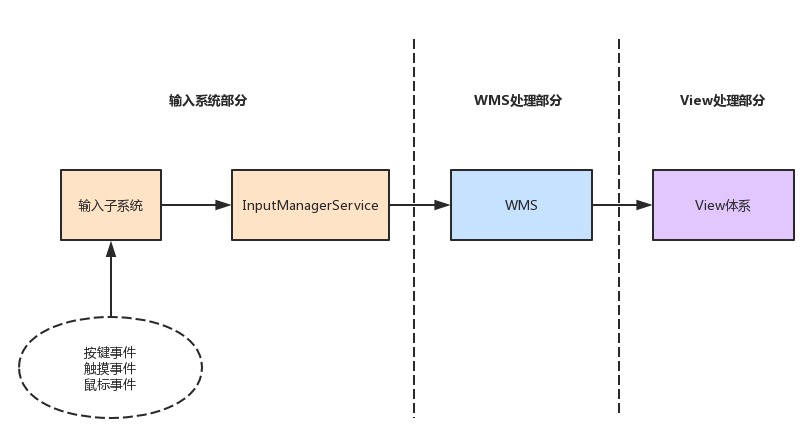
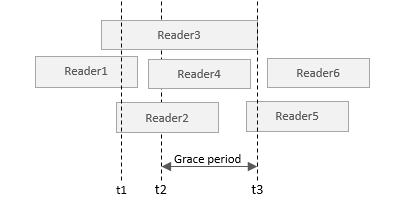
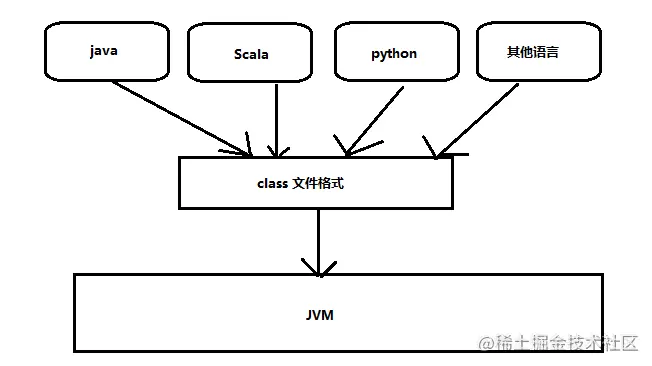
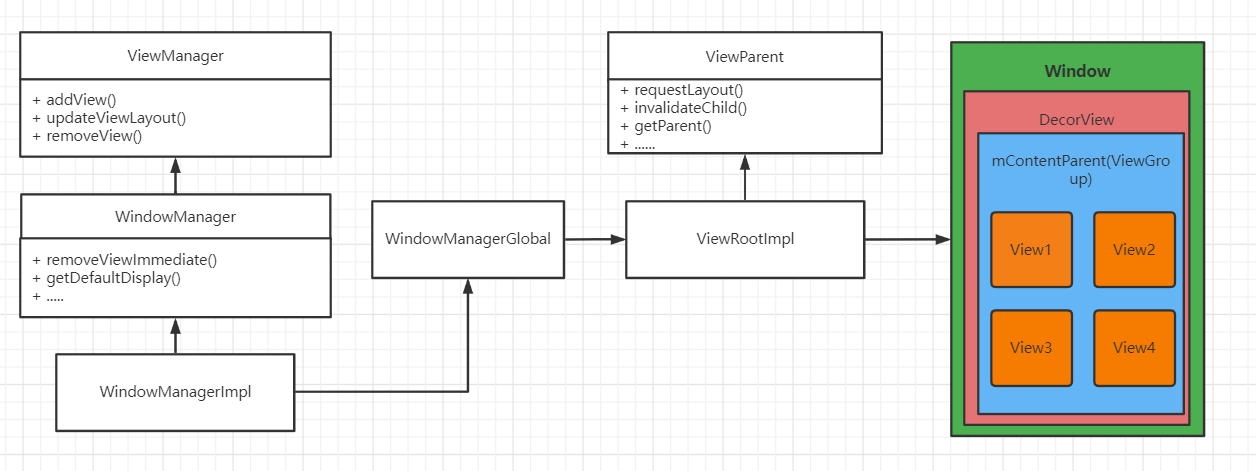
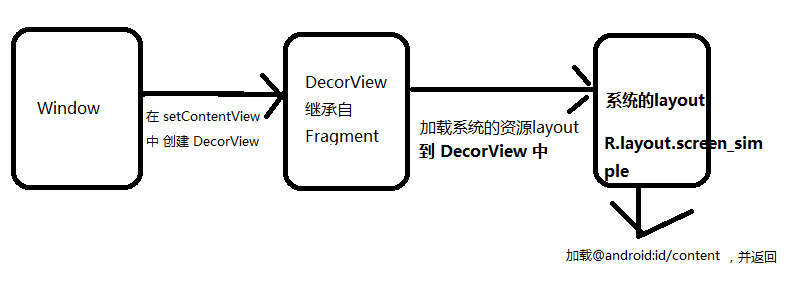
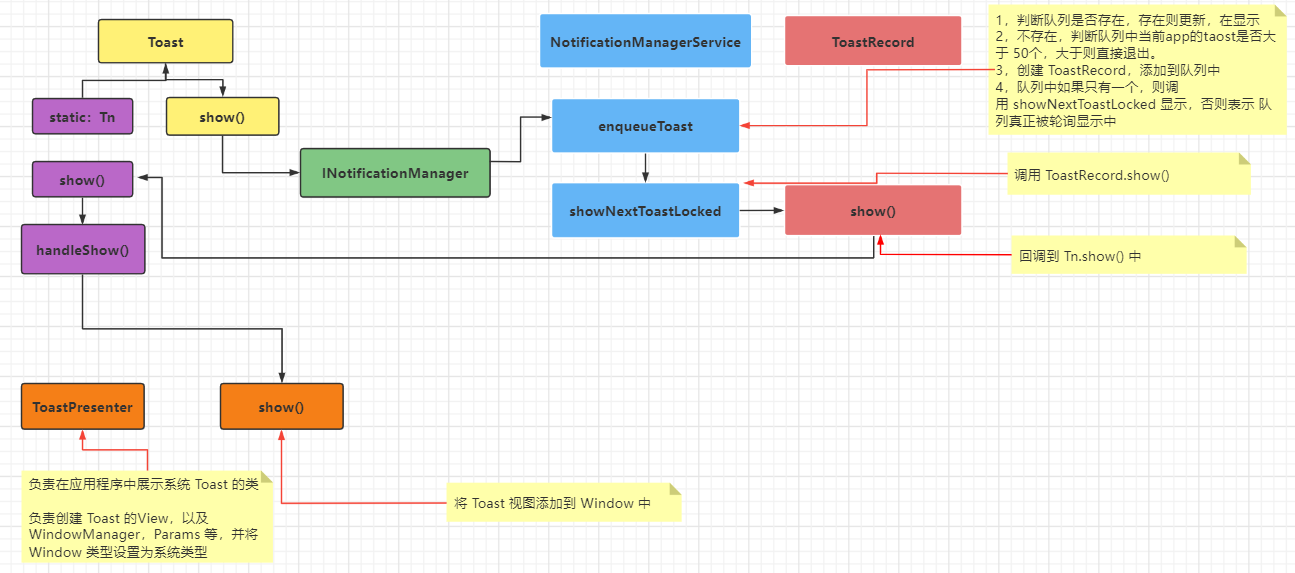

评论0